At the start of the Soviet-German War, Soviet military intelligence and the GAU (Main Artillery Directorate) had a very approximate idea about the types and characteristics of German tanks. This deficiency led to an overestimation of the possibilities of German armour and the launch of the KV-3, 4, and 5 programs in March of 1941. Even information on real German tanks was sparse. Intelligence missed the increase of the front armour of PzIII and PzIV tanks to 50 mm and use of 50 mm guns. This lack of information had to be made up for in the most reliable way during the war: studying trophies. Among the vehicles that were glossed over by Soviet intelligence was the StuG III assault gun.
Present from Kiev
The first use of this vehicle, envisioned by Field Marshall Manstein, was in France, in May-June of 1940. It would be incorrect so say that Soviet intelligence learned nothing about the StuG. However, it did not earn much attention, and its description was brief.
«As a rule, assault gun squadrons accompany infantry in attacks of fortified positions and strongholds in the direction of the main attack, first in motorized divisions, then later in tank and infantry divisions. The squadrons are armed with 75 mm tank guns installed on the chassis of the PzIII medium tank with a special turret and armour. The main task for these vehicles is the destruction of the enemy with direct fire."
The Soviet military had no idea about the importance and effectiveness of these low, mobile, and well armed fighting machines. Meanwhile, in June of 1941, more than 10 StuG battalions (Sturmgeschütz-Abteilung, or StuG.Abt.) assembled on the Soviet border. Among them was 197th StuG. Abt. under the command of Major Helmuth Christ.
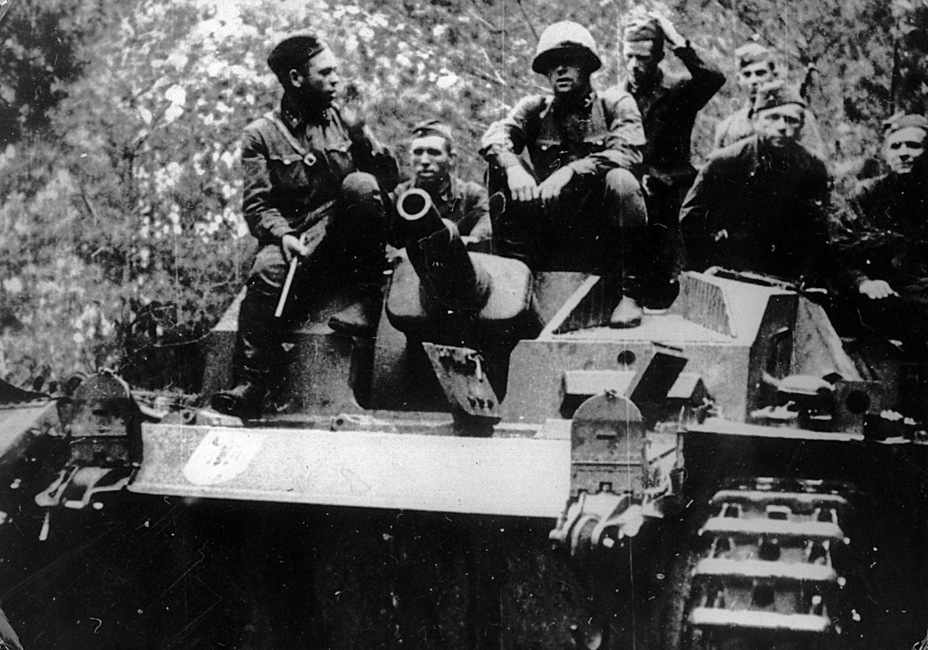
This battalion was formed in October of 1940 and was armed with StuG Ausf. B vehicles. StuG. Abt. 197 had its baptism by fire alongside the 132nd Infantry Division in May of 1941 during the invasion of Yugoslavia. During the start of the invasion of the USSR, the battalion was subordinate to XXXXVIII Tank Corps of Army Group Center. Soon after the fighting began, it was transferred to XXXXIV Corps in Army Group South.
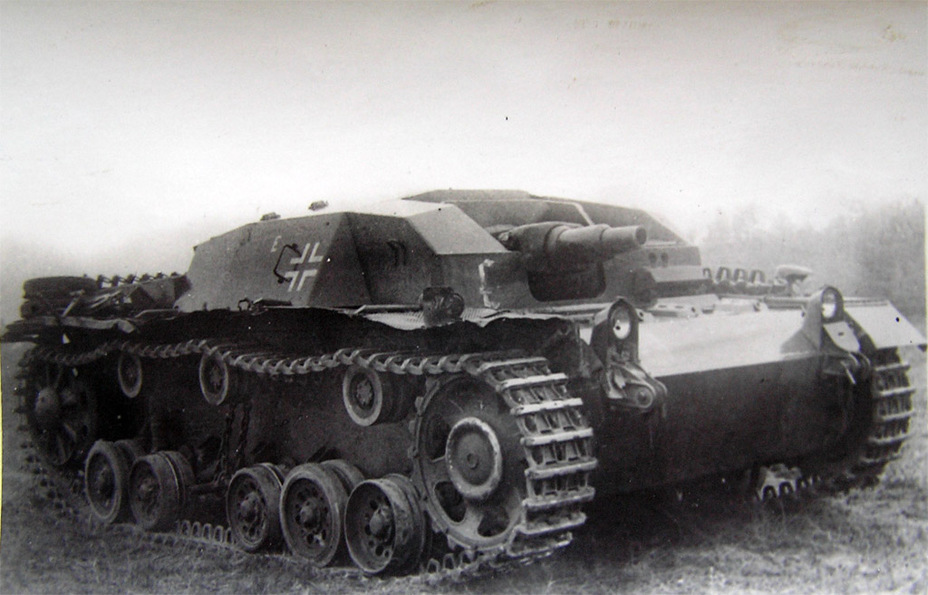
On August 15th, the battalion was located at the city of Kanev, where fierce battles for the Dnieper were fought. Soviet infantry counterattacks managed to capture at least two StuG III Ausf. B from StuG. Abt. 197. The vehicles from 3rd battery was captured intact and was used in a photoshoot with the soldiers who captured it. The second vehicle, #90247 with the name Prinz Eugen, was also mobile. According to StuG. Abt. 197 records, both vehicles were lost after hitting mines. After brief repairs, they were transferred to the Soviet rear.
The assertion that at least one of the vehicles went to fight with a Soviet crew is often made, but this is not true. In early September, the vehicles from 3rd battery was already at the NIIBT Proving Grounds. As for Prinz Eugen, it was transferred to the rear of the Central Front. A brief description was composed, with the trophy getting the name «medium German tank T-3 with an immobile turret». The description included external and internal characteristics of the vehicle. These characteristics were fairly close to the real ones. Despite the urgency, the specialists who studied the vehicle had time to partially take it apart and put it back together.
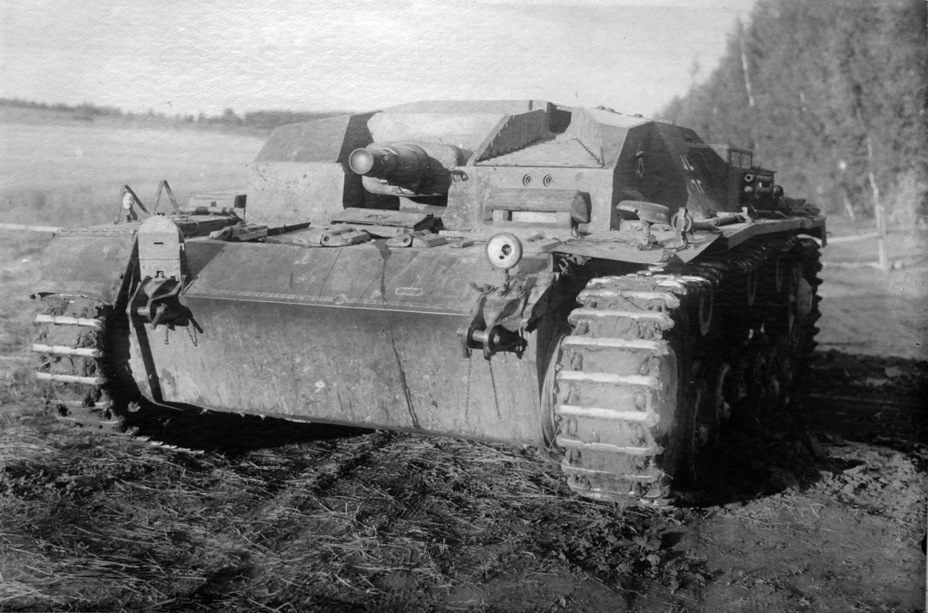
The NIIBT Proving Grounds went in a different direction. Instead of beginning a detailed study, they made a brief composition of its characteristics. A summary of German armour was ready by September 11th, 1941. The tactical-technical characteristics in this summary were more precise, especially when it came to armour thickness. Aside from measurements, a brief trials were also staged, where the StuG reached a speed of 50 kph.
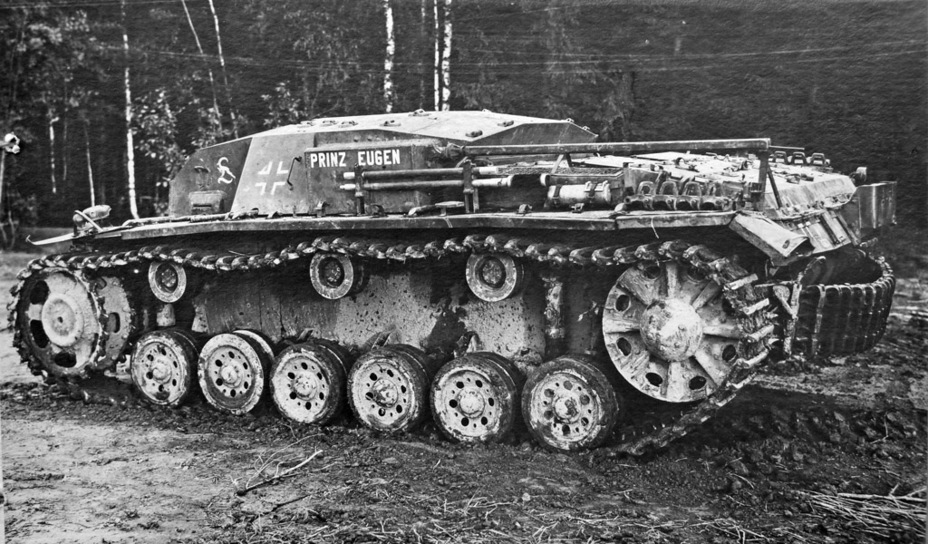
In NIIBT documents, the StuG was referred to as «artillery tank» or «Artsturm» for short. It's not known who invented this term, but it stuck to the StuG in Soviet documents.
Tough Nut
The StuG III was studied to compose a guidebook on German vehicles that was so desperately needed at the front. Because of this, trials were performed in an accelerated way, and some conclusions may be unfounded.
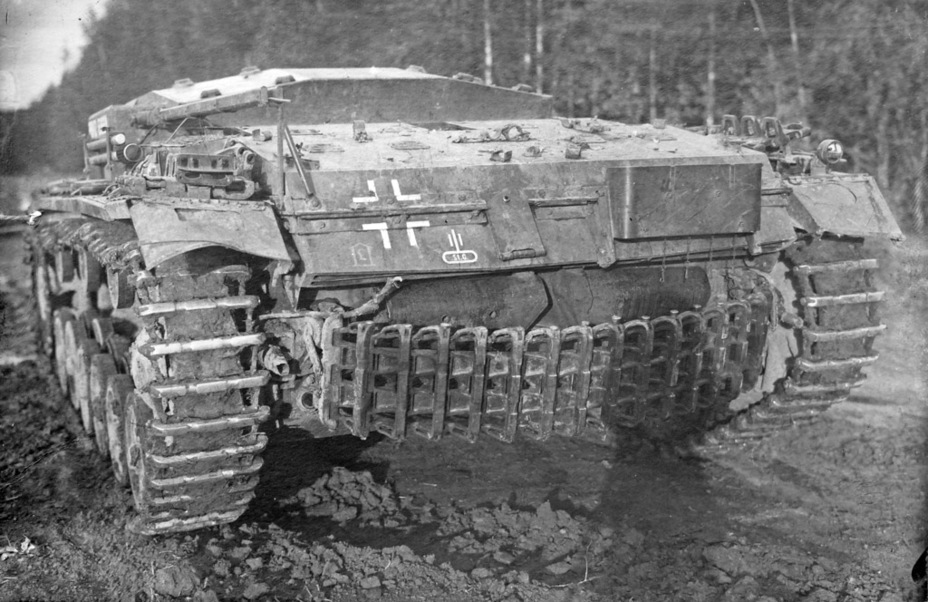
«The artillery assault tank is designed to act in the first echelon of tanks. The tank has no turret. It can only fire forward in a 28 degree arc by turning the gun on a mount. There are no machineguns. The lower part of the artillery tank, the suspension, the engine, the planetary turning mechanism, and the controls are taken from the PzIII. The gearbox is the same as the one on the PzII Ausf. B and only differs in its size.
The armour of the tank can be defeated by guns of all calibers. It is possible to destroy the tank through the opening above the gun mount using a bottle of incendiary fluid or a grenade."
The conclusions regarding protection seems hasty. Of course, there were some poor decisions made regarding the vehicle, and the protection of the casemate was one of them. The gun sight opening «caught» shells, but it was changed in the Ausf. C version. The gun mount was also far from ideal as far as shell resistance went. However, the protection offered by the front armour went underappreciated by the proving grounds. The StuG III was the first mass produced German vehicle with anti-shell armour. The front armour of even the StuG III Ausf. A was 50 mm. The vehicle was reliably protected from the 37 mm gun. The PzIII and PzIV only received improved armour a year later.
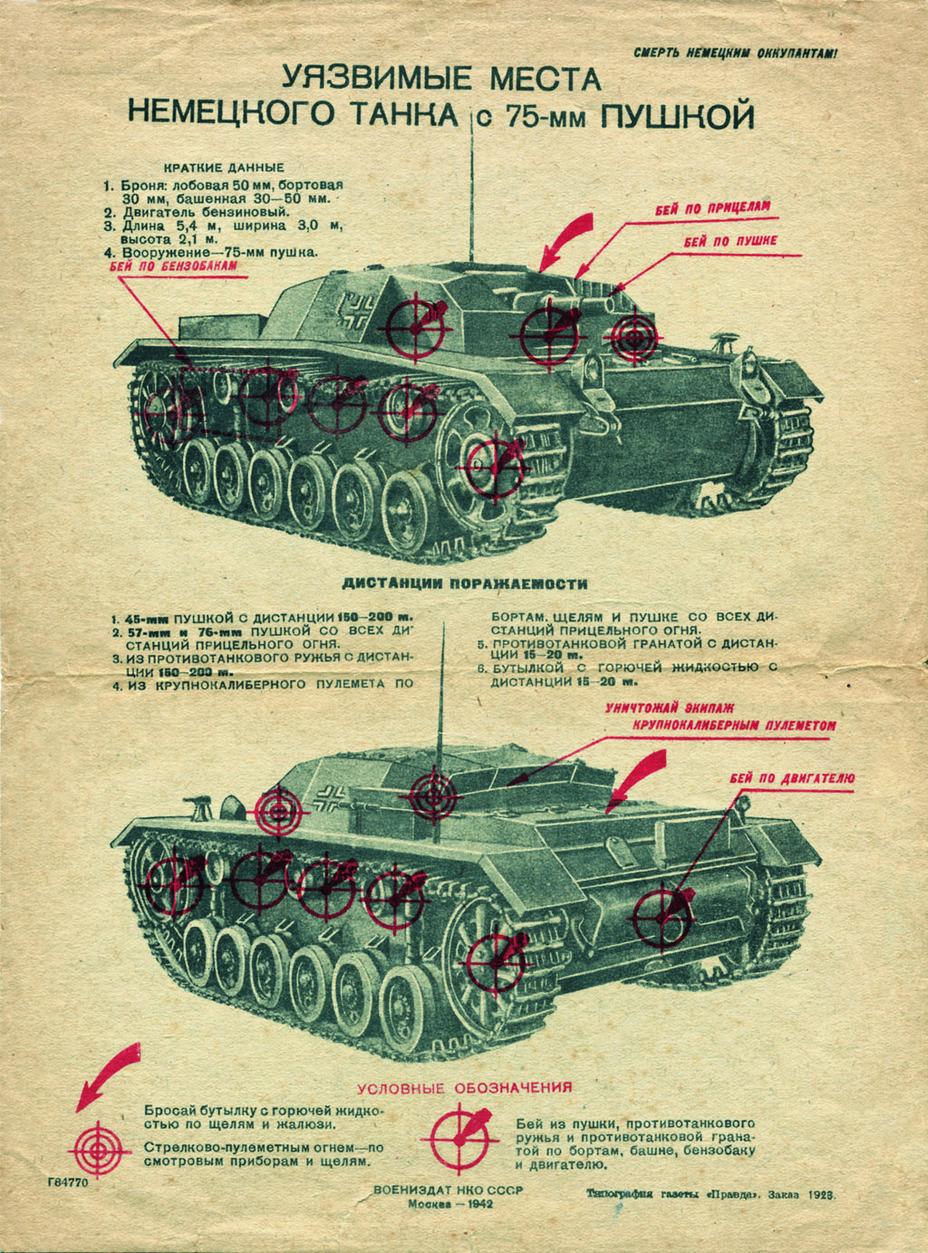
It was already obvious that the 45 mm gun will have problems with German armour in late 1940. A 30 mm thick evacuation hatch from a PzIII tank bought in Germany was fired upon, penetrated, and even shattered, but not on the first try. These results showed that thicker armour would be impenetrable. Nevertheless, in September of 1941, the verdict was «vulnerable to artillery of all calibers». The same verdict was repeated in the flyer from the «Destroy German Tanks» series.
A full fledged study of the vehicle's armour was only made in September of 1942. PzIII, PzIV, Pz38(t) and the StuG were tested at the NIIBT Proving Grounds at Kubinka and their Kazan branch. The tanks were fired upon by Soviet, American, British, German, Czechoslovak, and French tank guns. Their resistance at 50, 100, 200, 400, 600, and 800 meters was measured.
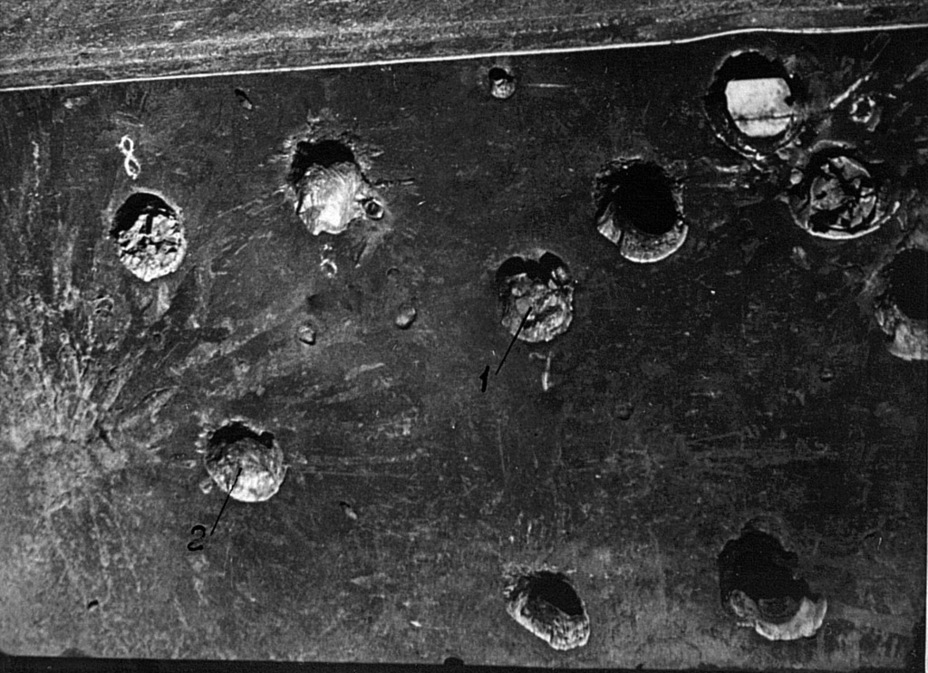
First, the vehicle was fired upon by the 45 mm mod. 1942 tank gun in the T-70 tank. It penetrated the 30 mm armour with no problems from a range of 850 meters. Firing at the front was a different story. From 100, then 50 meters, the result was the same: 20 mm dent. The shells fell apart on impact.
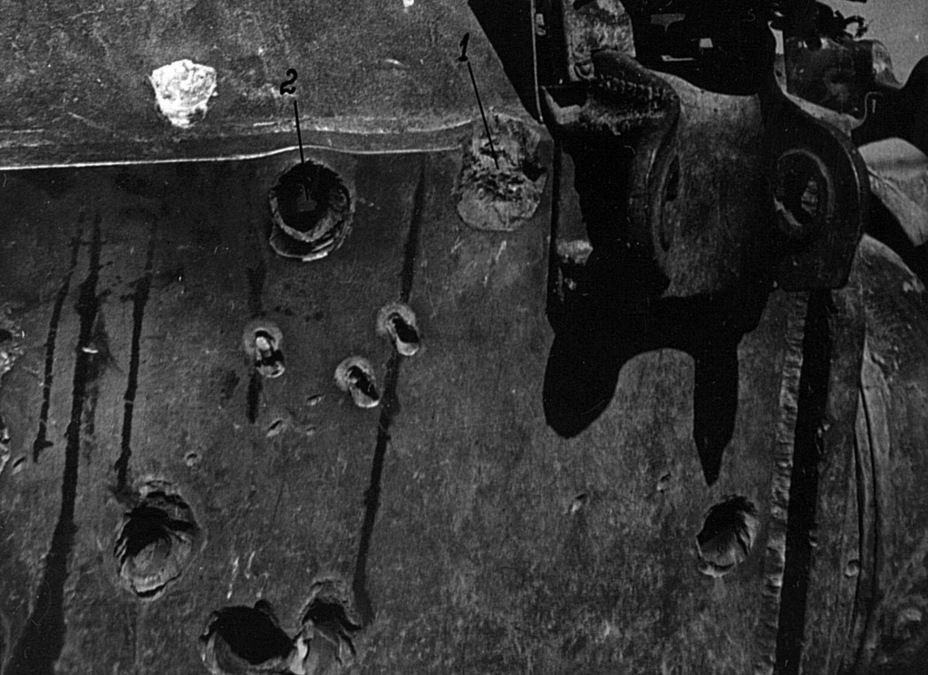
The story can end here with the conclusion that Soviet armament was bad, but similar results were shown by another gun: the British 2-pdr (40 mm) in a Canadian Valentine VII tank. The sides also proved effortless. As for the front armour, it was only penetrated once, and the penetration was deemed unsatisfactory, since the shell landed into the joint between the central and lower front plates. In all other cases, the shells made 25 mm deep dents. One can only feel sorry for British tankers whose main armament was the 2-pdr gun until the fall of 1942.
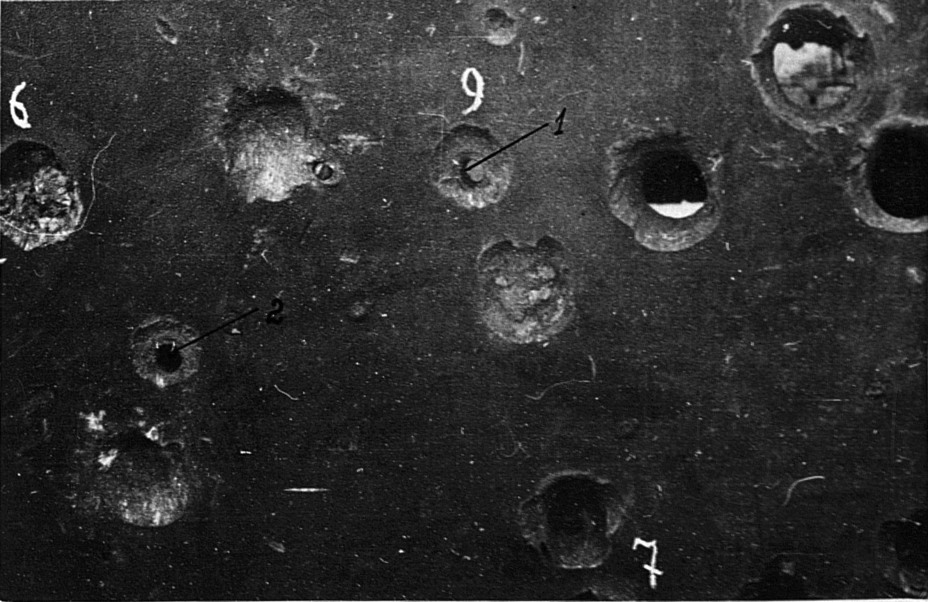
A similar result was attained by the 37 mm A-7 gun on the Czechoslovak Pz38(t) tank. It could confidently penetrate the sides, but the front was invulnerable: the shells left 40 mm deep dents. The results were different for subcaliber shells: they could penetrate at 100, 200, and 400 meters.
The 37 mm M5 gun installed in the American light M3 tank performed better. Its M51 shell easily penetrated the front of the StuG at 100 meters, and 35-50 mm deep dents were formed at 150 meters. This can primarily be explained by the larger casing size used by Gladeon Barnes in its creation, giving the gun's shells a higher velocity compared to British and Soviet analogues.
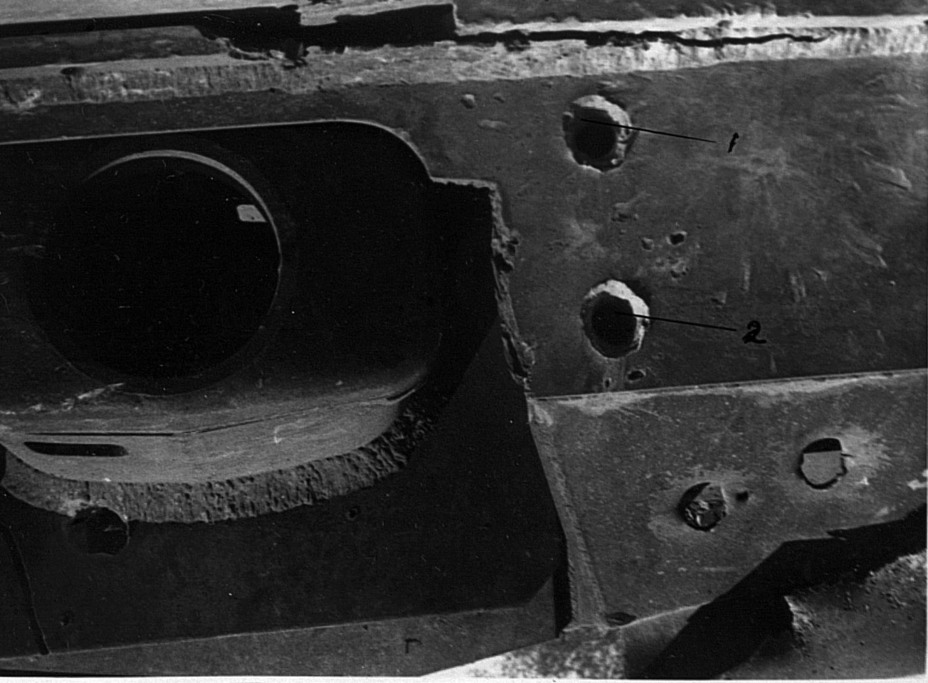
The 47 mm SA 35 gun on the Somua S35 was even more effective. It could penetrate the front of the StuG III from 400 meters, but at this range only every other shot penetrated. The German 5 cm KwK 38 L/42, the stock armament on PzIII tanks by 1942, could penetrate the front of the StuG at 800 meters.
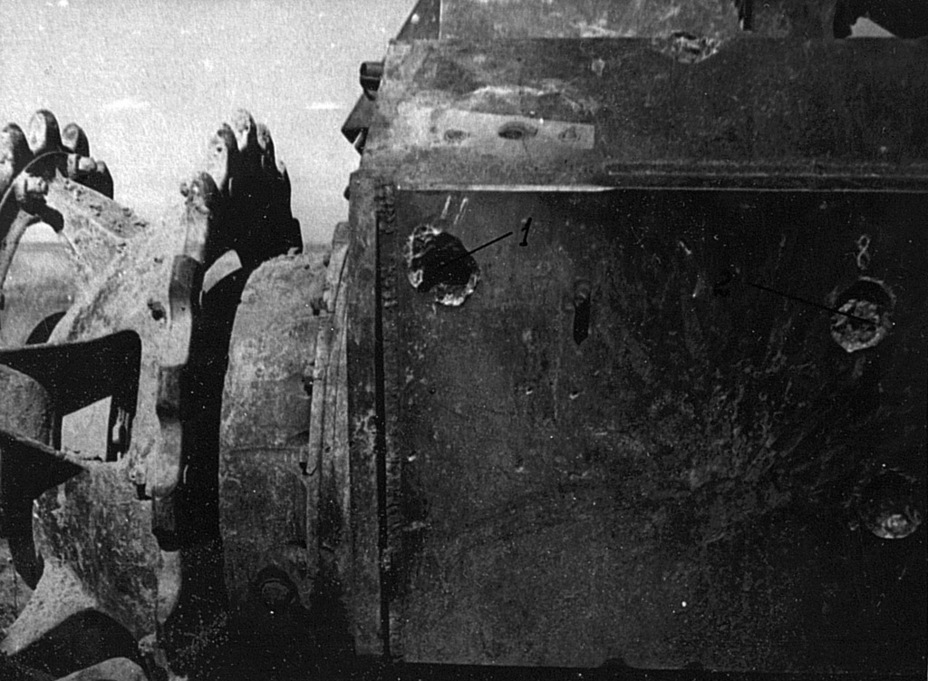
The 75 mm M2 gun used in the American M3 medium tank achieved curious results. The first Lend-Lease convoys didn't bring armour piercing ammunition, so HE was used. The results were poor, not a single penetration was made. The maximum that was achieved was a 10 mm dent. In addition, a deep dent was formed in the transmission cover while firing at the upper front plate. The 76 mm F-34 achieved different results and made Swiss cheese from the StuG at all distances. The armour caved in upon impact, forming many fragments.
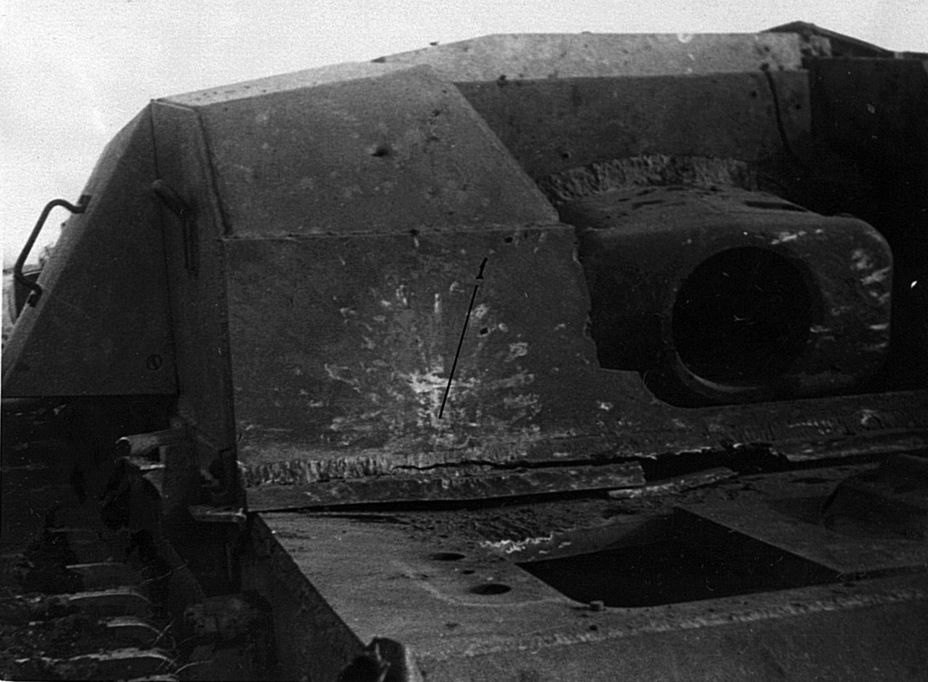
Landmark
At the same time, the StuG III was being studied at NII-48. The composition of the armour and joints between plates were being examined and successful design decisions that could be implemented in Soviet production were extracted.
«The hull of the German Artsturm tank:
The hull is welded. The ceiling of the fighting compartment is attached by bolts with a hidden head. Initially, the front plate was 50 mm thick, the sides were 30 mm thick, and the rear was 20 mm thick. Later, the rear 20 mm plates were replaced by 50 mm plates.
The hull is composed of rolled Chromium steel with 0.1% Vanadium. The Brinell hardness of the plates is 337-476, the diameter of the print is 2.8-3.32. The armour is malleable, has good resistance, and doesn't chip.
…
German PzIII, PzIV, and Artsturm tanks are made with Chromium steel and have good shell resistance. The composition of armour can be used to produce armour thicker than 50 mm. Curing, rolling, thermal conditioning and welding of Chromium steels mark 5140 and 5150 is already mastered by our industry and putting this armour into production will not be a problem.
A Chromium electrode containing 2.1% Chrome and 0.2% Carbon can be recommender."
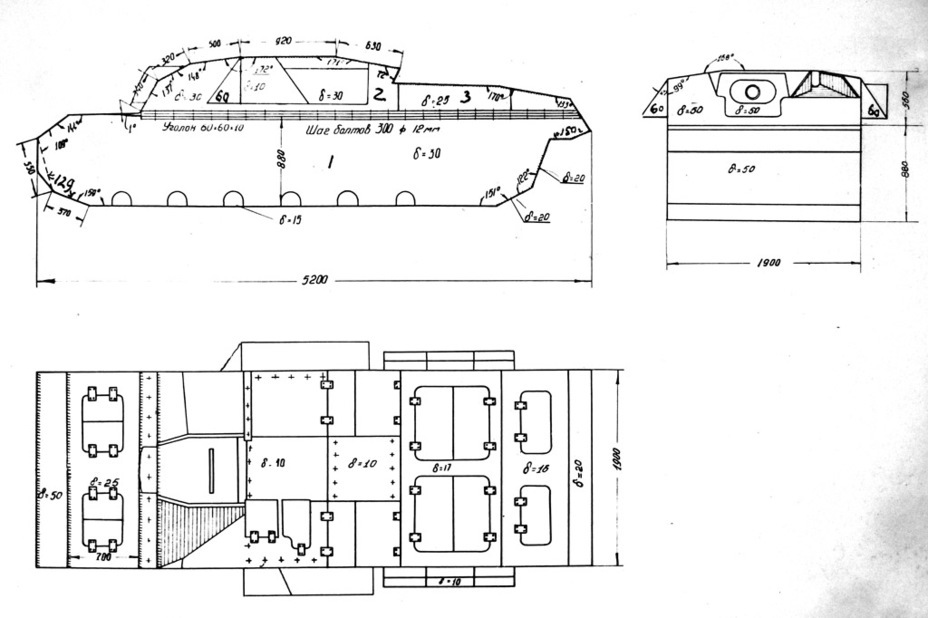
It is worth mentioning that work on 45 mm subcaliber shells and a 45 mm gun with a lengthened barrel was going on before the trials of German tanks. The results of the trials only hurried both designs.
Initially, the German novelty was of no interest to Soviet designers. Later, the StuG III had a big effect on the development of medium self propelled artillery. Before, Soviet SPG designs were, as a rule, open topped tank destroyers with rotating turrets, like the U-20 project. By spring of 1942, the priorities shifted to assault guns with closed casemates, similar to the StuG III, but that is a topic for another article.
Translated by Peter Samsonov. Read more interesting tank articles on his blog Tank Archives.
Sources:
- Central Archives of the Russian Ministry of Defence
- Mikhail Svirin's archive






